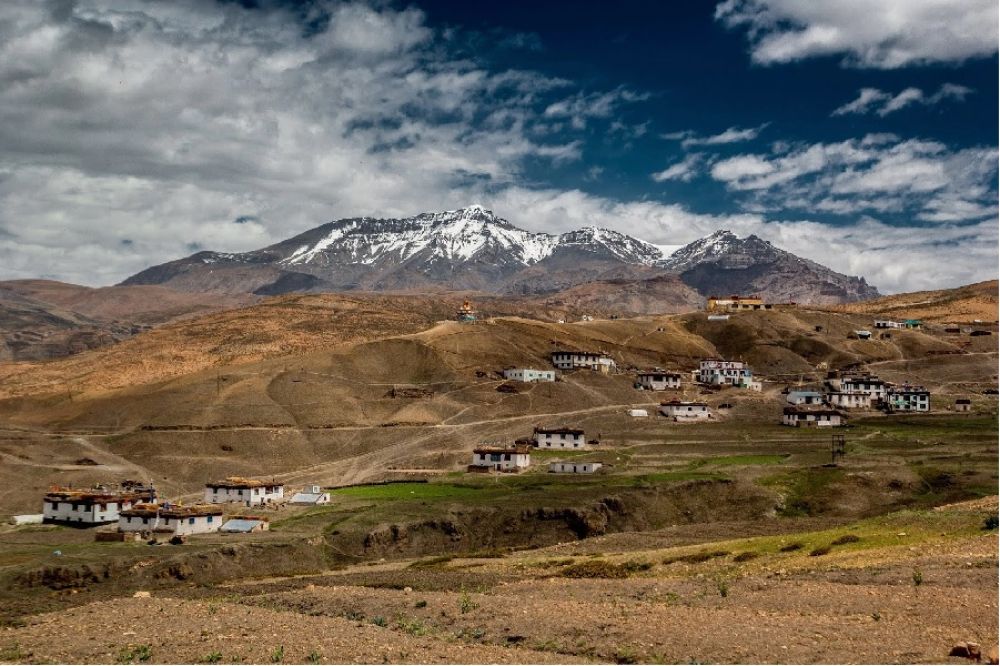

Located in the stunning Spiti Valley of Himachal Pradesh, Langza Village is a scenic destination known for its picturesque landscapes and rich cultural heritage. Although relatively isolated, it has attracted travelers for many years due to its unique charm and the promise of an unspoiled Himalayan experience.
In the past, Langza was primarily a stopover point for adventurous trekkers and backpackers exploring the Spiti Valley. The village's tourism history is fairly recent compared to other destinations, largely due to its remote location and the challenging terrain that surrounds it. Earlier visitors chiefly comprised of those on spiritual or cultural journeys through the Tibetan Buddhist monasteries scattered across the Spiti region.
With the advent of better road networks in the late 20th and early 21st centuries, Langza became more accessible. The village began drawing tourists who were seeking an escape from the hustle and bustle of city life and wanted to experience the tranquility of the Himalayas. Langza's stunning landscape, which includes views of the majestic Chau Chau Kang Nilda peak, became a highlight for landscape photographers and nature enthusiasts.
One of the more significant changes in Langza's tourism was the rise of homestays. As visitors became interested in the local way of life, the residents of Langza started offering homestay accommodations, providing tourists with an authentic cultural experience. This not only led to a deeper cultural exchange but also helped in the economic empowerment of the local community.
Langza is also known as the "Fossil Village" due to the abundance of marine fossils found here, which indicate that the region was once under the Tethys Sea millions of years ago. Fossil hunting has become a unique attraction for tourists, particularly science enthusiasts and students of geology and paleontology.
The presence of the ancient Lang (Langza) Buddha statue, a magnificent figure sitting at over 1000 years old, has been a focal point for spiritual tourism in the village. This has been an important part of Langza's tourism, attracting both devotees and those interested in the spiritual and religious aspects of the region's culture.
Sustainable Tourism: In recent times, there is a growing trend towards sustainable and responsible tourism in Langza. Tourists are now more aware and sensitive to the environmental and socio-cultural impact of their travels, and there is an emphasis on leaving a minimal footprint while supporting local livelihoods.
Adventure and Offbeat Experiences: Tourists are increasingly seeking adventure and offbeat experiences that are different from mainstream travel. Trekking, stargazing, and participating in local festivals and traditions are some of the latest trends among visitors to Langza.
Digital Detox: As a destination disconnected from the chaotic digital world, Langza is becoming a refuge for those looking to unplug and enjoy a digital detox in the serenity of the mountains.
Photography Expeditions: The enthralling beauty of Langza, with its expansive meadows and panoramic mountain views, continues to attract photography enthusiasts from around the world, making photography expeditions a popular trend.
Customised Experience: Personalized tourism, where travelers seek tailored experiences based on their interests, has also been trending in Langza, with visitors arranging special interest tours with local guides.
Overall, Langza's journey as a tourist destination has been a remarkable one, evolving with the times while carefully preserving its natural beauty and cultural ethos. It stands today as a beacon for those seeking an untouched Himalayan paradise.